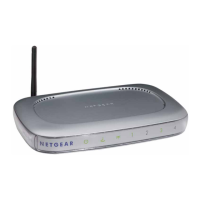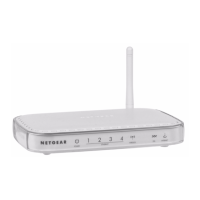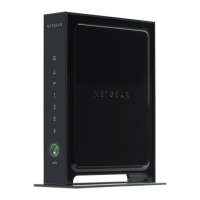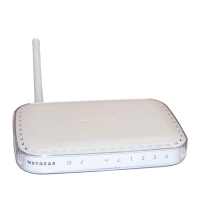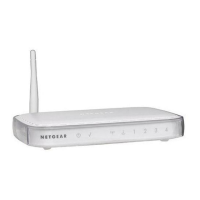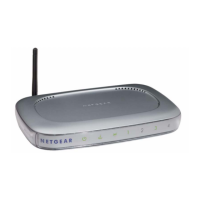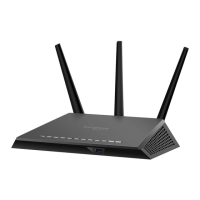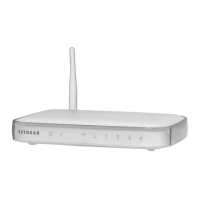Device Settings 97
Disabling Port Forwarding for an Application
If you want to stop forwarding any ports, you can remove them from the forwarding list.
Note: Port forwarding must currently be enabled. (See Enabling Port Forwarding for an
Application.)
1. Log in to the home page. (See Logging In as an Administrator.)
2. Click Settings > Router > Port Forwarding.
3. Click the beside the row that you want to remove.
4. Click Submit.
DMZ – General
You can select one computer to receive all unsolicited incoming connections.
The IP address of the DMZ (“demilitarized zone”) is the default recipient of incoming packets
(from the Internet) that are not handled by port forwarding rules or NAT’d connections:
● If port forwarding is enabled, incoming traffic is routed according to the port forwarding
rules or NAT’d connections.
● If incoming traffic was not routed as a result of the above:
If DMZ is enabled, then incoming traffic is routed to the computer that uses the IP
address specified by the DMZ settings.
If DMZ is not enabled, the incoming traffic is blocked.
Note: Putting a computer in the DMZ opens all the ports of that computer, and exposes that
computer to various security risks. Use this option only as a last resort — if possible, use
other options instead (for example, port forwarding).
Enabling DMZ
Before you can use or configure DMZ, you must enable it.
1. Log in to the home page. (See Logging In as an Administrator.)
2. Click Settings > Router > Basic.
3. Next to DMZ Enabled, select On.
4. Click Submit.
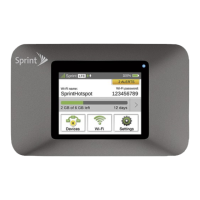
